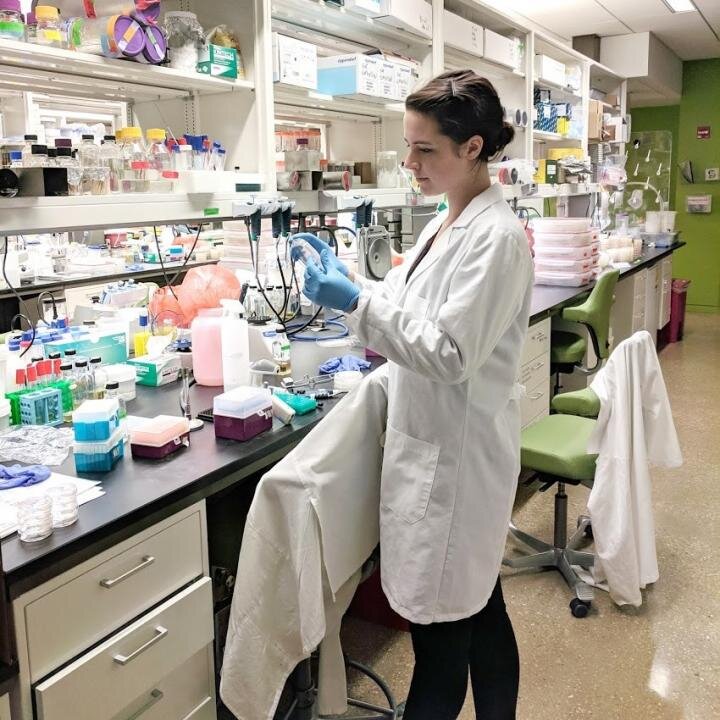#Groups of bacteria can work together to better protect crops and improve their growth

“#Groups of bacteria can work together to better protect crops and improve their growth”

Certain bacteria, known as plant-growth-promoting bacteria (PGPB), can improve plant health or protect them from pathogens and are used commercially to help crops. To further improve agricultural yields, it is helpful to identify factors that can improve PGPB behavior.
Many PGPB form sticky communities of cells, known as biofilms, that help them adhere to plant roots. A group of scientists in North Carolina and Massachusetts were interested in finding other plant-associated bacteria that could help PGPB better adhere to plant roots, with the hope that increasing the number of PGPB cells attached to roots would increase their beneficial activities.
Using a liquid-growth-based method, they identified multiple bacterial strains that increased the adherence of PGPB to plant roots over time. These results indicate that the physical or chemical interactions between these different bacterial species result in better long-term maintenance of PGPB on roots.
“Our results highlight how bacteria can use each other for their own benefit. These findings could be used to create groups of bacteria that are able to work together to better protect crop plants and improve their growth,” said Elizabeth Shank, the senior scientist involved with this research. “The results of this research might also be used to better understand and design microbial treatments that could improve crop yields in agricultural settings.”
To conduct this research, Shank and her colleagues performed a high-throughput screen of bacteria originally obtained from the roots of wild-grown plants, ensuring that identified bacteria might naturally come into contact on the roots of plants in native soil environments. They also looked at how other native microbes might alter the behavior of each PGPB strain, emphasizing the importance of understanding how groups of plant-associated microbes affect plants.
This research specifically focused on a PGPB currently used in agricultural treatments so that their findings related to commercial interventions. According to Shank, “One important impact of our work may be further encouraging agricultural biotechnology companies to consider using groups of multiple bacteria (rather than a single isolate) in their search for better and longer-lasting biological treatments to improve crop yield and help increase food production.”
Reducing reliance on nitrogen fertilizers with biological nitrogen fixation
Noam Eckshtain-Levi et al, Bacterial Community Members Increase Bacillus subtilis Maintenance on the Roots of Arabidopsis thaliana, Phytobiomes Journal (2020). DOI: 10.1094/PBIOMES-02-20-0019-R
Provided by
American Phytopathological Society
Citation:
Groups of bacteria can work together to better protect crops and improve their growth (2020, December 28)
retrieved 28 December 2020
from https://phys.org/news/2020-12-groups-bacteria-crops-growth.html
This document is subject to copyright. Apart from any fair dealing for the purpose of private study or research, no
part may be reproduced without the written permission. The content is provided for information purposes only.
If you liked the article, do not forget to share it with your friends. Follow us on Google News too, click on the star and choose us from your favorites.
For forums sites go to Forum.BuradaBiliyorum.Com
If you want to read more Like this articles, you can visit our Science category.




